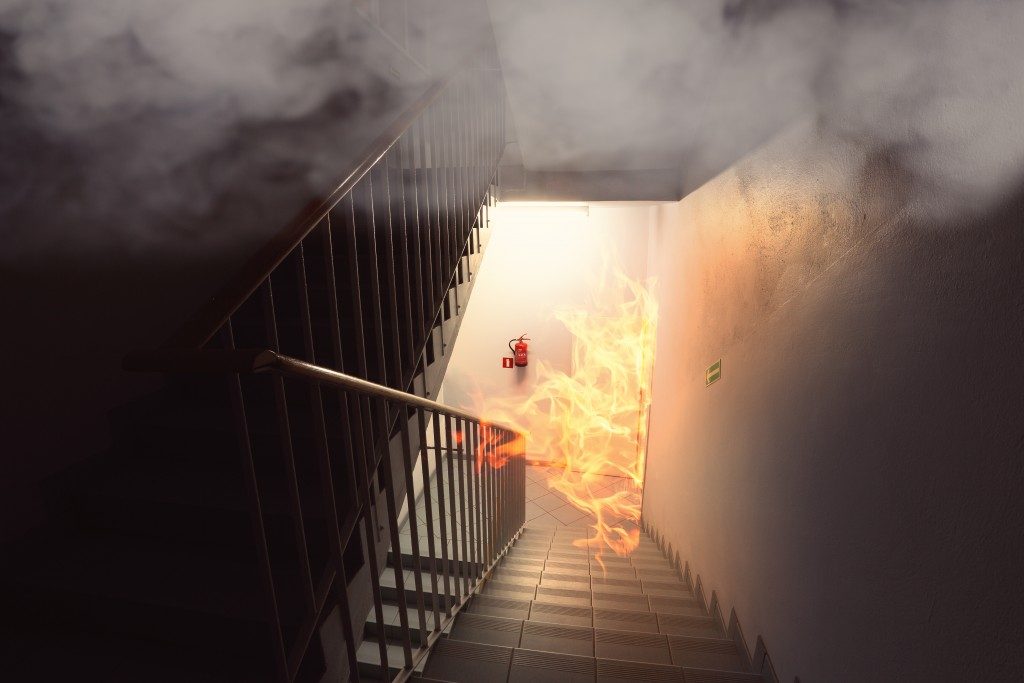In 2017, 72 percent of all fire emergencies in the country occurred at home. The devastation of a fire can be greater when driven by nature; as it is with wildfires that blanket neighborhoods with smoke so thick that the flashing light bars of fire trucks may not be visible. But this doesn’t mean you can’t do anything to reduce the risk to your home and ensure everybody’s safety when a spark leads to a conflagration.
Fire-Proof Your Home
Good home design can prepare your home against a fire. Your property could have an exterior layer that’s fire-resistant. It could have vents that keep out embers and flames from getting in. And your windows could be made of tempered glass and steel. In the absence of design that keeps the fire out, you need to turn to devices that mitigate the impact of this disaster.
Install your home with smoke detectors, carbon monoxide alarms, and fire sprinkler systems, and get fire extinguishers.
-
- Equipment that prevents or slows the spread of fire
Smoke detectors are essential in detecting fires before they happen. You should have more than one smoke detector installed in your home, so fire detection occurs throughout the house. Place these on every level of your home, especially in sleeping areas and outside the bedroom. And test them once a month to ensure that the batteries are working.
Carbon monoxide alarms, on the other hand, detect dangerous carbon monoxide lingering in the air. This odorless, colorless gas is a by-product of fire; it can be lethal once inhaled in huge amounts. Carbon monoxide alarms detect the presence of the gas, warning you of danger.
Fire sprinkler systems reduce flames and heat once activated. Installing these in your home works well as the first line of defence in case a fire erupts.
Fire extinguishers stop small fires from spreading. You should have at least one in your home and place these in areas where fires are likely to occur, such as the kitchen, garage, and beside the stairs. Make sure to teach everyone in your home to use it.
-
- Equipment that helps with safe evacuation
Fire escape ladders help you quickly and safely get out of your building. Install one near exit points, like windows and back doors. Once the fire spreads to the main exits and your only choice is dropping out of the window and into safety, fire escape ladders help you get out unscathed.
Formulate an Escape Plan

An essential part of keeping your home well-equipped for fire emergencies is formulating an escape plan. This will act as your guide toward the safest points in the house and the exits in case a fire breaks out.
Talk with your family about the basic fire safety procedures to minimize injuries. These include checking doors for heat, staying low on the ground to avoid smoke, and knowing the nearest exits. The escape plan should include two escape routes from every bedroom.
A fire is devastating, and in some instances, it can be unstoppable. But you can do a few things to keep the impact to your home and loved ones at a minimum. Prepare now, and save your loved ones and property in the future.
